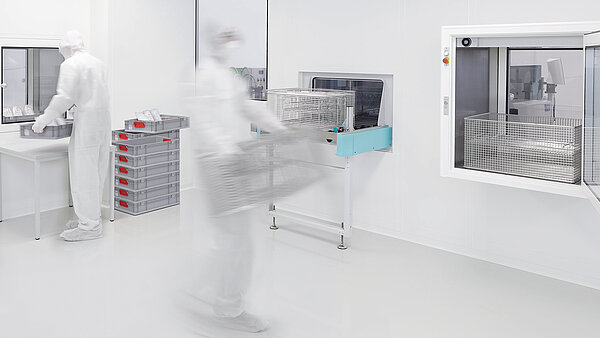High Purity – real Highlight Topic or Hype?
High Purity is the buzzword of the moment. High purity, precision, or ultra-fine cleaning, or even “the premier class of cleaning” can be found everywhere. It dominates discussions about demanding industrial applications and is a highlight topic at trade shows.

High Purity as customized Cleanliness for every Application
But what is it really about? Of course, it's also about the size and number of particles that may remain after cleaning. The MAFAC application engineering department takes a broader view and formulates the requirement for high cleanliness as follows: „The goal is to achieve just the right level of cleanliness for the end products and the processes they are used in. Therefore, there is no such thing as a universal requirement for High Purity; the specifications vary depending on the component, the industry and the area of application.” Nothing more, nothing less.
But what is an “acceptable contamination per component or system” in relation to the user industry and specific application?
What particle size can be tolerated? Is the contamination particulate, film, biological, or a combination of these?
Is it enough to focus only on the cleaning process?
Certainly not. Here, too, it is important to look at the whole picture: the environmental conditions and the entire process chain. After all, the best cleaning and drying will only make a difference if the parts are properly packaged, stored and transported.
And what is often overlooked in the more academic considerations of High Purity: It is always about economics. The key is to reliably achieve the required level of cleanliness while keeping an eye on the costs. Both when investing in a new system and when maintaining it.




